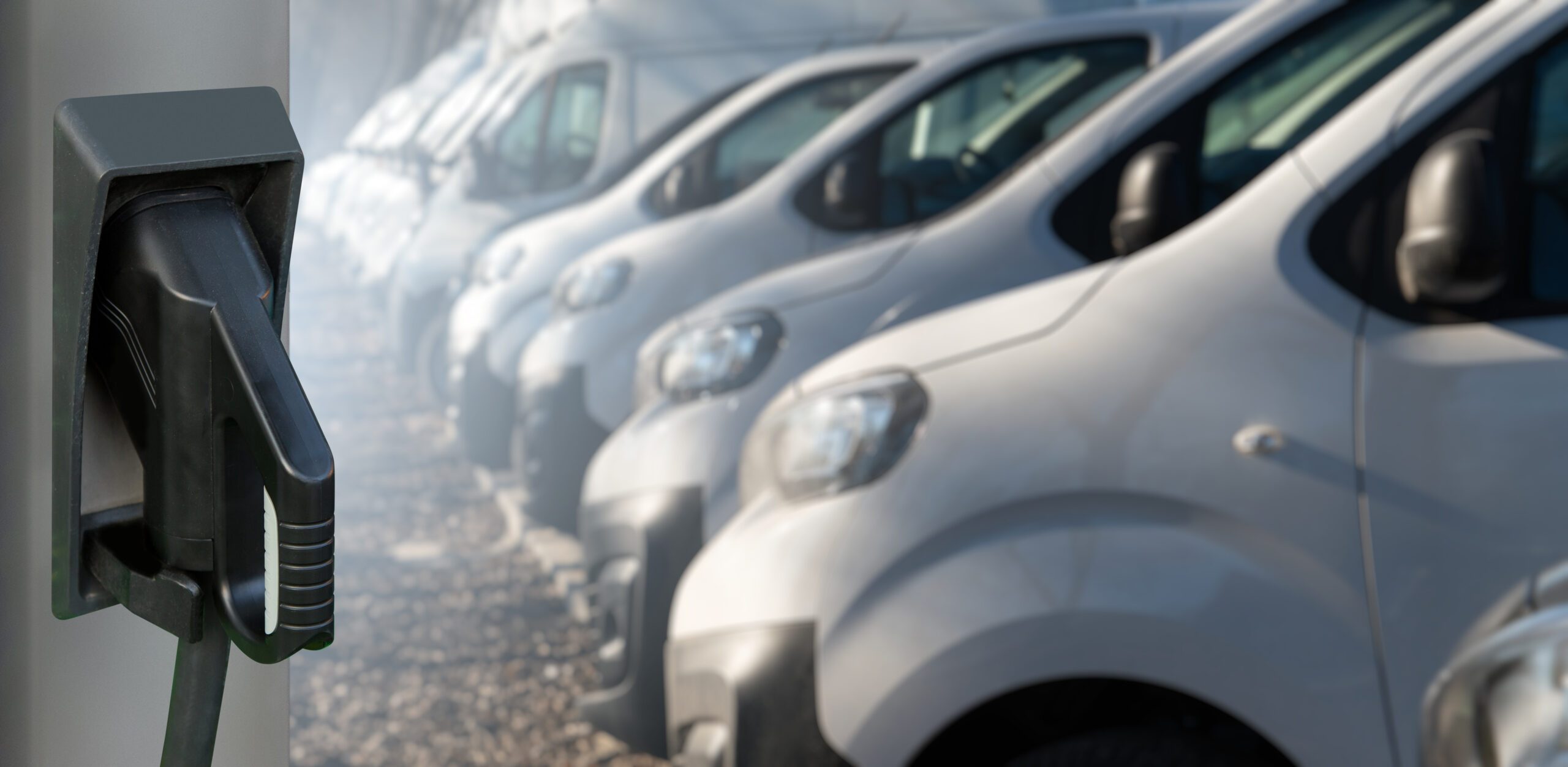The question of electric mobility is now at the heart of the economic challenges facing companies. How can we understand the constraints and opportunities of electric mobility?
The trend is growing and clearly visible: the electrification of the automobile is underway. And commercial vehicle fleets are not going to escape it! The environmental issue is at the heart of concerns. In France, for example, private cars and commercial vehicles are responsible for almost 30% of greenhouse gas emissions. These issues are prompting European – and therefore national – authorities to shift into high gear in terms of regulations. The aim? To reduce CO2 emissions by 2030 and achieve the decarbonisation objective by 2050. The result? Industries such as delivery, construction and technical services will have to go electric. This is the case in France, where the France 2030 plan is forcing and making companies even more accountable for their sustainable objectives.
Anticipate change or suffer it
The electric shift seems certain. So, it is better to be ahead of the curve and take advantage of incentive policies (taxation, bonuses, etc.) rather than suffer the constraints (fines, CO2 standards, low emission zones, etc.). Car manufacturers are stepping up their efforts to offer new, more efficient models: from the Volkswagen e-Crafter to the Renault Master Z.E., not forgetting the Nissan e-NV200, the Mercedes eVito, the Maxus, the EV80 and the Iveco Daily Electric. An offer that should eventually push prices down. According to experts at BloombergNEF, by 2027, electric vehicles (currently 20 to 30% more expensive) could even cost less to build than diesel or petrol models.
Benefits on the meter
The electrification of transport offers several advantages. Reduced GHG emissions and environmental benefits. But that’s not all: greater energy efficiency, better controlled operating costs, less maintenance required, decentralised energy storage potential, financial aid and excellent tax deductibility, etc. What about range, often a stumbling block for electric cars? It must be said that batteries are becoming more and more efficient (and less expensive). Europe announced its intention to have a network of one million charging points by 2025. The question remains: how will our countries meet the growing need for electricity?
First steps to electrify your company fleet
This is a large and complex project that must eventually integrate a global vision of energy transition for your company. It’s a strategic decision therefore requires careful thought and planning to define your long-term mobility. The good news is that telematics fleet management tools can help you make such diagnosis of your conversion to electric vehicles! In fact, they are your best asset to help you make the right decisions. With the help of GPS beacons placed on board your vehicles, you can collect a whole host of data on the driving behaviour of your drivers, vehicle usage, geolocation, or even trip analyses. These elements will feed into your analysis, considering: your short and medium-term objectives, the structure of your fleet, the travel profile of your drivers, their needs and uses, your current infrastructure, etc.
Once this data has been collected? You will have a precise insight to define the appropriate solutions (vehicles, charging stations, other means of travel, etc.) for your electric mobility. A key change for the image and sustainability of your company! Finally… Keep in mind that the return on investment – still quite lengthy today – will improve at the rate of the accelerated production of electric vehicles and the fall in prices. It will therefore be better in the years to come!




